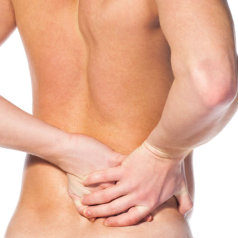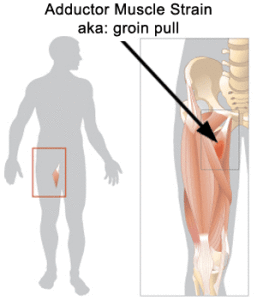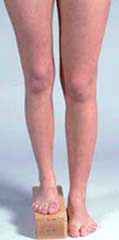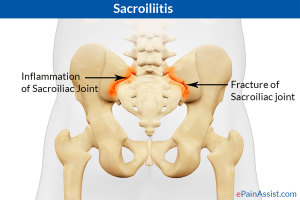Hip Flexor/Groin Injuries or Strains
Hip flexor (groin) injuries usually refer to a groin pull or hip flexor muscle strain on the inside of the thigh. The adductor muscles can also be pulled or involved.
Chiropractic:
Chiropractic treatment addresses the affected joints (often restriction through the sacro-iliac joints) and muscles. Often ice is recommended to reduce inflammation. Adjustments restore motion into joints that have limited motion. Soft tissue techniques such as ART relax the involved muscles and break up any scar tissue in the area. At the appropriate time, a stretching and strengthening program is implemented to rehabilitate the area and prevent future injury.
Acupuncture:
Acupuncture, in conjunction with other treatments, speeds up the healing process, and decreases inflammation. Acupuncture does this by stimulating the natural release of endorphins, which are the body’s natural pain killers. Dr. Rodwin is a certified acupuncturist and will recommend this method of treatment if it is warranted.
Massage Therapy:
Massage therapy limits and reduces the inflammation by increasing drainage and circulation to the injury. Pain is decreased by reducing muscle spasm, and function is restored by eliminating any adhesions or scar tissue. The scar tissue is eliminated by using the Active Release Technique (ART). The elimination of the scar tissue allows for proper muscle length to be restored.
Leg Length Discrepancy
It is not uncommon for one leg to be shorter than the other for a variety of reasons, including a structural deformity, a misaligned pelvis and/or muscle tightness.
Chiropractic:
A chiropractic examination will determine the underlying cause of a leg length discrepancy. Chiropractic adjustments restore motion to the pelvis, correcting postural stress and reducing the difference in leg lengths. Soft tissue techniques, such as trigger point therapy and ART, help to relax tight muscles that may be affecting the alignment of the pelvis that result in a short leg.
Massage Therapy:
Massage therapy relaxes the muscles surrounding the joints in the pelvis. This allows the pelvis to move freely and reduces any restricted motions. This reduces any pelvic misalignments and leg length discrepancies, resulting from pelvic rotation.
Sacroiliitis (Sacroiliac Joint Dysfunction)
The sacroiliac joint is the joint between the sacrum and ilium bones in the pelvis. This joint moves every time we take a step. Sometimes this joint becomes stuck, causing low back pain or thigh pain.
Chiropractic:
Chiropractic adjustments restore proper motion to this joint by realigning the bones properly. This takes any undue stress off the low back and restores proper range of motion. Interferential current is often employed to decrease inflammation and relax the surrounding muscles. Trigger point therapy may also be beneficial in loosening the musculature.
Acupuncture:
Acupuncture, in conjunction with other treatments, speeds up the healing process, and decreases inflammation. Acupuncture does this by stimulating the natural release of endorphins, which are the body’s natural pain killers. Dr. Rodwin is a certified acupuncturist and will recommend this method of treatment if it is warranted.
Massage Therapy:
Massage therapy is important in treating the muscles that surround the sacroiliac joint. Massage will relax these muscles and help restore proper joint function. Massage therapy can reduce any scar tissue in the area and address any muscular dysfunction.





